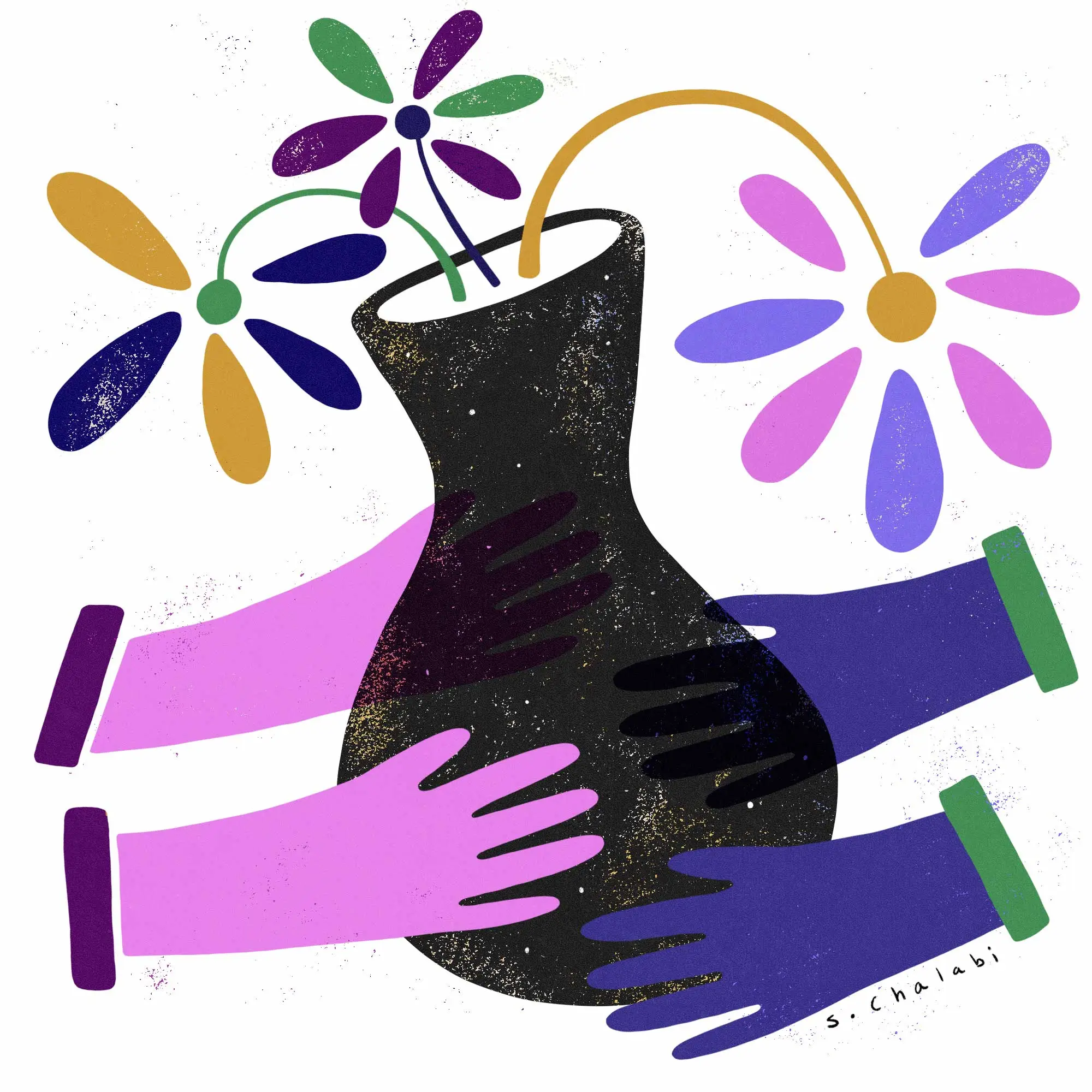Sofía Gallisá Muriente on community as the basic unit of survival
Sofía Gallisá Muriente is a visual artist mining contemporary cultural institutions and historical sites for evidence of contested and contradictory narratives. She recently finished a 6-year tenure as co-director of Beta-Local, an artist-run nonprofit dedicated to fostering knowledge exchange and transdisciplinary practices in Puerto Rico.
Disasters have a special power to make economic inequality visible; suddenly governments approve unemployment benefits that surpass meagre minimum wages, and foundations find it in their hearts to give unrestricted grants. Artists have always known how to make do with what’s available, and how to survive juggling things you do for money with things you do for pleasure, but sometimes it takes a state of exception to clarify that cultural workers must be a part of any conversation about labor and economic precarity.
How do we turn this moment of visibility through pain and death into lasting transformation?
If we expect to survive the current combination of catastrophes, and mend some of the systemic injustice that has been built into our world, we need to put people’s well-being at the center—life, health, and dignity before profit. Right now, taking care of each other and being together in the face of rising fascism, climate chaos, and relentless capitalism is a radical political act. It is a personal act that has to extend beyond our small circles into institutions and public policy. We need to act in ways that defy market logic and neoliberal austerity politics, and strengthen affective networks that allow for collaboration and exchange. There can be no talk of decolonization or reparations without collective care.
In order for art to thrive in the future, artists need to be supported in ways that value their lives over their projects, build inclusion through empathy instead of guilt, and invest in the infrastructure of care. In the times we’re leaving behind, underfunded artist residencies were often inaccessible for people with children or rent to pay back home, and museums hired emerging artists as educators but rarely supported their practice or even their healthcare costs.
During the pandemic, some examples are emerging of how to address the on-going crisis. In the Caribbean, the Catapult initiative started by Kingston Creative and Fresh Milk Barbados expanded the idea of an emergency grant and is funding artists across the region to stay at home and devote time and energy to their practice, organizing online artist talks and blogs while building connections between islands. At Beta-Local in Puerto Rico, an idea hatched before the pandemic became even more fitting in the current circumstances—an artist who couldn’t travel because she was having a child was invited instead to do a long-distance residency conceived as a maternity license. There’s plenty more left to do, and we must insist on the acknowledgement that there’s no normal to go back to.
Culture is created through community, and community is the basic unit of survival in this world. In order to increase our chance for survival, we have to invest time and energy in long-term solutions that address our shared fundamental needs. We need to think seriously about communal life, changing notions of family, and how to share care for children and elders. We need to think seriously about who will care for us, especially those of us without children, pensions, or upward mobility. Queer people, immigrants, indigenous people, and people with violent or otherwise complicated family histories have known this for ages; living interdependently with others is not an innovative idea. This is a call to foster a culture of care, to huddle with people you love (and hopefully some plants and animals too), but also to think with others, connect struggles and listen. The future is profoundly intersectional. Our understanding of how to support artists and foster the evolution of artistic production needs to be intersectional as well.

This essay is part of CREATIVE FUTURES, a series of provocations by thinkers across the arts, documentary, and journalism on how to reimagine their sectors.